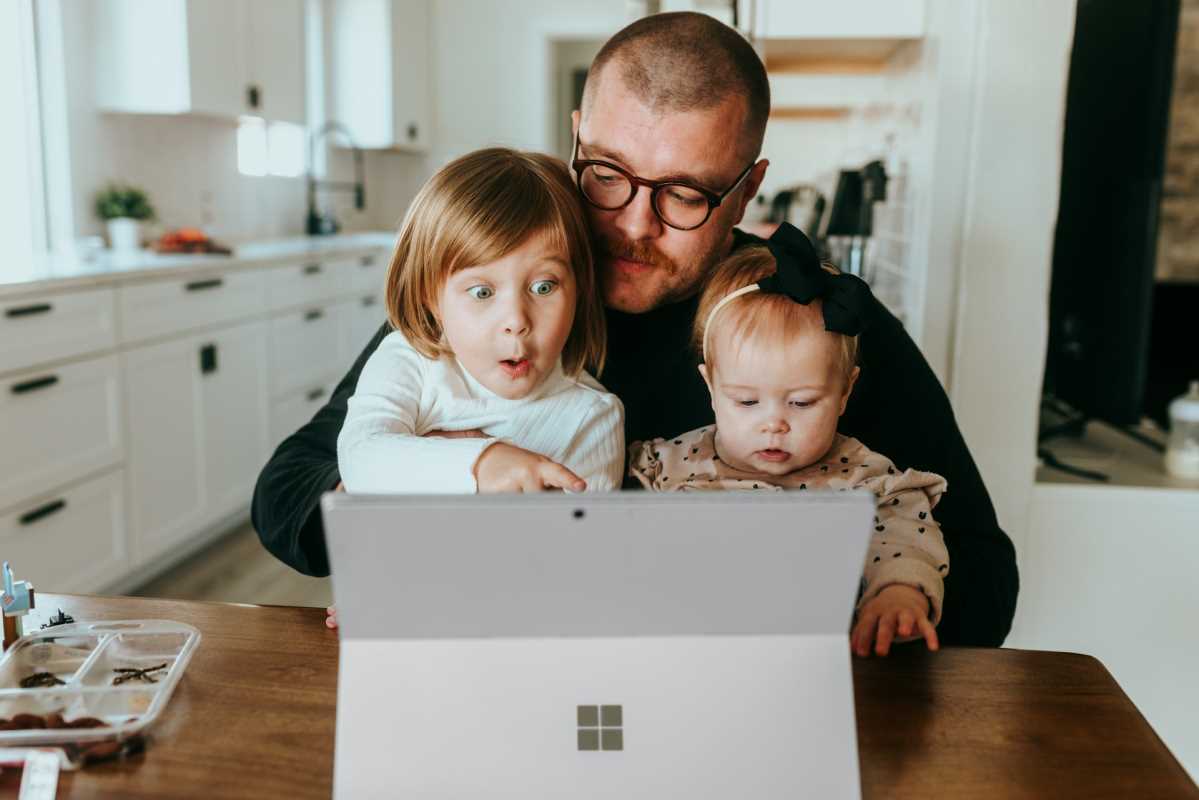The digital age has brought tremendous changes to how art is created, shared, and monetized. Among these innovations, smart contracts stand out as a groundbreaking tool for artists. These self-executing contracts, powered by blockchain technology, are transforming the way artists manage royalties and intellectual property (IP) rights. By automating processes and ensuring transparency, smart contracts are eliminating age-old inefficiencies in how artists are compensated and how their work is protected.
Let's break down how smart contracts work, their benefits for artists, and the challenges they present, along with real-world examples of platforms utilizing this technology in the art industry.
What Are Smart Contracts?
To understand their impact, it’s essential to know what a smart contract is. A smart contract is a digital agreement coded onto a blockchain—a decentralized and secure digital ledger. Unlike traditional contracts, which require manual enforcement, smart contracts execute automatically when predetermined conditions are met. Their code sets the rules, verifies compliance, and executes agreed-upon actions.
For example, if an artist sells a piece of digital artwork through a smart contract, the contract automatically transfers ownership to the buyer and sends payment to the artist. Additionally, it can be programmed to direct a percentage of future resale proceeds back to the original artist as royalties.
The decentralized nature of smart contracts ensures security and transparency, making them highly attractive for managing both financial transactions and intellectual property rights in the art world.
Benefits of Smart Contracts for Artists
Smart contracts offer numerous advantages for artists, particularly in areas like royalties, licensing, and ownership rights. Here’s how they are making a difference:
1. Automated Royalties
One persistent challenge for artists is receiving fair compensation, especially when their work is resold. Traditionally, when an artwork changes hands in the secondary market, the original artist often receives no share of the resale value. Smart contracts address this issue by embedding royalty terms directly into the contract.
For example, an artist can set a smart contract to pay them a 10% royalty each time their digital artwork is sold on a marketplace. This ensures they benefit financially from their work's increasing value, without needing to chase royalties through intermediaries.
Platforms like SuperRare and Foundation utilize smart contracts to automate royalties for digital artists. These blockchain-based art marketplaces ensure creators receive their agreed-upon share instantly after a transaction.
2. Transparent Licensing and Ownership
Ownership and licensing disputes are a common frustration in the art industry. Smart contracts simplify this by issuing digital certificates of ownership, stored on the blockchain. This creates an immutable record, ensuring that the rightful owner of a work is always clear.
For licensing, smart contracts enable artists to authorize the specific uses of their work, such as using an image for commercial advertisements or in merchandise production. The terms of use, payment, and expiration dates can all be pre-programmed into the contract, ensuring compliance without manual intervention.
Art licensing platforms like Async Art allow artists to sell rights to different layers of their work. For instance, buyers might purchase the ability to update certain elements of a digital painting, and the smart contract ensures proper tracking of each modification and payout.
3. Bypassing Intermediaries
Traditionally, artists rely on galleries, agents, or entertainment firms to manage their IP and royalties. While helpful, these intermediaries often take substantial fees, reducing the artist’s earnings. Smart contracts eliminate the need for middlemen by enabling direct transactions between artists and buyers.
This decentralization is particularly empowering for emerging artists who might struggle to get fair representation. By leveraging smart contracts, they can showcase and sell their art on platforms like OpenSea or Rarible without splitting profits with third parties.
4. Global Accessibility
Smart contracts operate on blockchain networks, which are accessible worldwide. Artists are no longer limited by geographic borders—they can reach a global audience and transact in cryptocurrency, bypassing challenges like foreign exchange rates or international transaction fees.
This is especially impactful for artists in regions with underdeveloped infrastructure for the arts. Blockchain technology levels the playing field, enabling creators to gain financial independence.
Challenges and Considerations
Though smart contracts offer plenty of promise, artists must also carefully consider potential pitfalls.
- Technical Barriers - Using smart contracts and blockchain-based platforms requires a certain level of technical understanding. Artists unfamiliar with coding or cryptocurrency might find the transition daunting. While many platforms are improving user experiences, some basic knowledge of blockchain technology remains essential.
- Legal and Regulatory Uncertainty - Blockchain transactions often exist in regulatory gray areas. Laws concerning royalty payments and IP rights vary by country, and navigating these differences can be tricky. For instance, if a smart contract pays royalties in cryptocurrency, how should these earnings be taxed? These are areas where legal clarity is still evolving.
- Environmental Concerns - Blockchain networks, especially those based on proof-of-work protocols like Ethereum (though transitioning to proof-of-stake), consume significant energy. Artists must weigh the environmental impact of minting and selling digital works via blockchain. Platforms like Tezos have emerged as eco-friendly alternatives, using more sustainable blockchain technology.
- Platform Dependence - While blockchain records are permanent, the platforms hosting smart contracts may not be. If a platform goes offline, artists could lose access to their work or earnings. To mitigate this risk, artists should research the reliability and reputation of the platforms they choose to work with.
Smart Contracts in the Arts
Numerous platforms are already leveraging smart contracts to benefit artists. Here are a few examples making waves in the industry:
- SuperRare offers a marketplace for digital artists, using built-in smart contracts to ensure royalty payments on every resale. Artists retain control over their work and receive direct payments without intermediaries.
- Mintbase is a platform that enables creators to mint NFTs (non-fungible tokens) and attach smart contracts that define how their work can be used. This is particularly useful for licensing agreements.
- Audius empowers musicians to control their music distribution through blockchain. Artists earn revenue directly from streams and can introduce royalty splits with collaborators using smart contracts.
- KnownOrigin provides a space for creating and selling limited digital editions, with smart contracts enforcing scarcity and ensuring automated royalty payouts.
The Future of Smart Contracts in the Art World
As blockchain technology matures, the adoption of smart contracts will likely increase. Innovations like scalable Layer 2 solutions are reducing the cost and energy consumption of blockchain transactions, making smart contracts even more accessible and sustainable.
For artists, this means greater financial autonomy, transparency, and global reach. However, as with any technology, understanding its limitations and potential risks is essential. Smart contracts are not just a technological tool; they signal a shift in how creators engage with their work, audiences, and the broader economy.
By leveraging the power of smart contracts, artists can take control of their royalties, protect their intellectual property, and usher in a new era of creative freedom and financial fairness. The future of art, it seems, is not only digital—it’s also decentralized.
 (Image via
(Image via





